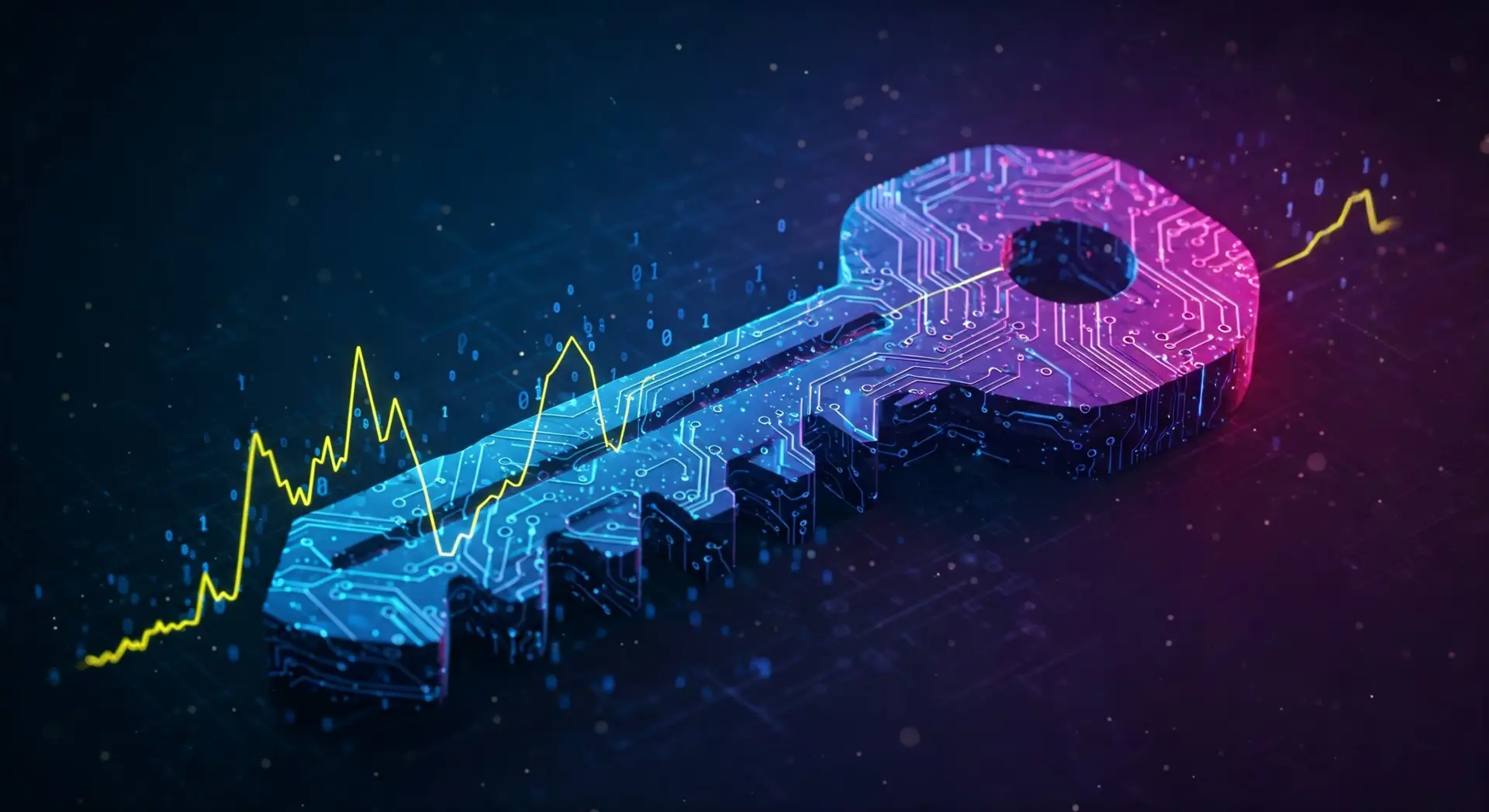Responsibilities of a CISO (Chief Information Security Officer) in the rapidly evolving world of technology, has become more critical than ever. As guardians of an organization’s digital assets, CISOs shoulder a vast array of responsibilities, ensuring the security and integrity of data against the backdrop of increasing cyber threats. This blog delves into the multifaceted responsibilities of a CISO, highlighting their indispensable role in today’s corporate environment.
Championing Cybersecurity Strategies
A CISO’s primary duty is to develop and implement a robust cybersecurity strategy. This involves identifying potential risks and creating a comprehensive plan to safeguard against them. By staying ahead of emerging threats, CISOs ensure the organization’s resilience against cyber attacks.
Governance and Compliance Oversight
CISOs play a pivotal role in ensuring adherence to regulatory requirements and industry standards. They oversee compliance with laws like GDPR and HIPAA, thereby protecting the organization from potential legal ramifications.
Risk Management
Risk assessment and management are at the heart of a CISO’s role. They continuously evaluate the security landscape, identifying vulnerabilities and implementing measures to mitigate risks. This proactive approach is crucial in preventing data breaches and ensuring business continuity.
Incident Response and Recovery
In the event of a security breach, CISOs lead the incident response team. They are responsible for minimizing damage, coordinating recovery efforts, and communicating with stakeholders. Post-incident, they analyze the breach to strengthen security measures and prevent future occurrences.
Collaboration and Leadership
A CISO’s effectiveness hinges on their ability to collaborate with various departments. They work closely with IT, legal, and executive teams, fostering a culture of security awareness throughout the organization.
Vendor and Third-Party Management
CISOs oversee relationships with security vendors and third-party service providers. They ensure these partners comply with the organization’s security standards, thereby extending the security perimeter beyond the company’s immediate environment.
Budget and Resource Allocation
Managing the security budget is a crucial responsibility. CISOs allocate resources efficiently, ensuring the organization gets the best return on its investment in security technologies and personnel.
Training and Awareness Programs
Creating a security-conscious culture is essential. CISOs develop training programs to educate employees about cybersecurity best practices, significantly reducing the risk of human error leading to security incidents.
Technology and Innovation
Staying abreast of technological advancements, CISOs assess and implement new security solutions. By embracing innovation, they enhance the organization’s defense mechanisms against sophisticated cyber threats.
Crisis Management and Communication
CISOs are adept at crisis management, prepared to handle any security emergency. Their communication skills are paramount, ensuring clear and effective dialogue with stakeholders during and after a security incident.
Data Privacy and Protection
Protecting sensitive information is a core duty. CISOs implement policies and technologies to secure personal and corporate data, upholding privacy and maintaining customer trust.
Cybersecurity Metrics and Reporting
To gauge the effectiveness of security measures, CISOs establish metrics and regularly report on performance. This data-driven approach enables continuous improvement of the security posture.
Strategic Planning and Forecasting
CISOs contribute to the organization’s strategic planning, aligning security objectives with business goals. They forecast future security trends and plan accordingly, ensuring the organization remains agile in a dynamic threat landscape.
Collaboration with Law Enforcement
In cases of cybercrime, CISOs liaise with law enforcement agencies. They provide crucial information to aid in investigations, demonstrating the organization’s commitment to combating cyber threats.
Continuous Learning and Professional Development
The cybersecurity field is ever-changing, and CISOs commit to ongoing learning. By staying informed about the latest threats and countermeasures, they maintain their effectiveness in securing the organization.
Championing Ethical Hacking
CISOs sometimes employ ethical hackers to identify vulnerabilities. This proactive approach, known as penetration testing, is vital in fortifying the organization’s defenses.
Balancing Business and Security Needs
A CISO must strike a balance between enabling business innovation and maintaining security. They ensure that security measures do not impede the organization’s growth and agility.
Summary
Responsibilities of a CISO (Chief Information Security Officer) are both broad and deep, reflecting the complexity of the modern cybersecurity landscape. By overseeing everything from strategy development to crisis management, CISOs safeguard the digital assets that are crucial to an organization’s success. Their role is not just about preventing attacks but also about fostering a culture of security awareness and resilience that permeates every level of the organization. As cyber threats continue to evolve, the role of the CISO will remain indispensable, adapting to protect against the unknown challenges of tomorrow.



